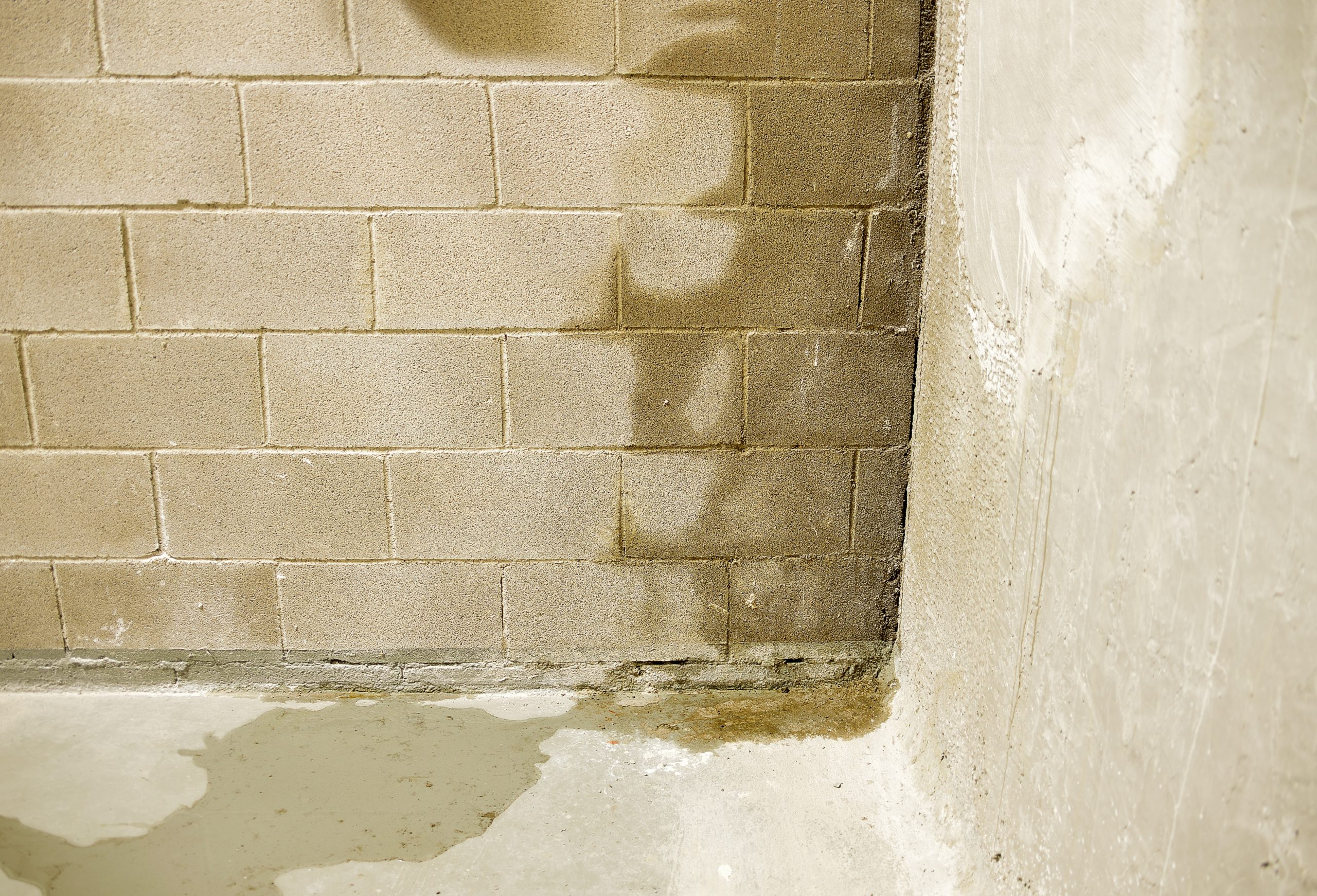Damp basements are not uncommon in NEPA. Our soil has a lot of naturally occurring rock, the water table is often high, and the hills and valleys that make our part of the country so beautiful can direct rain water right into our homes.
So homeowners in Northeastern PA are used to moisture getting in our basements. But how much is too much and what can you do about it?
How much moisture is too much?
This can be a difficult question to answer, as there are a lot of factors that can come into play. Ideally, you want to address any moisture issue as quickly as possible to avoid rot and mold damage. Here are a few things to look out for:
- High humidity (above 50%), can encourage mold growth on surfaces. Keep an eye out for ceiling surfaces that are damp or visible condensation.
- Pooling or collecting moisture, can indicate a serious groundwater issue.
- Trapped moisture in wall, ceiling, or floor cavities (particularly in finished basements) can create the perfect environment for mold growth.
Where is it coming from?
Moisture will find the path of least resistance and doesn’t appear out of nowhere. If you have a moisture issue in your basement, that indicates that there is an issue contributing to this. Here are a few common issues we see in NEPA:
- The yard is graded towards the house, which causes rainwater to be directed towards and pool up against the foundation.
- There are too many large trees close to the home which prevents surface moisture from evaporating.
- A natural spring is close to the structure.
- The water table is high.
- There is a small pipe leak or drainage overflow in a hidden area such as a wall or ceiling cavity.
What can I do about moisture issues?
Essentially, there are two potential resolutions to moisture issues; resolving the source of the moisture and redirecting that moisture. Here are some examples:
Resolving the source of the moisture
- Regrading your yard to direct rainwater away from your home.
- Cutting down trees that are overshading your yard.
- Repairing leaking pipes or faulty overflows.
Redirecting the moisture
- Installing a dehumidifier to prevent humidity issues.
- Having a sump pump installed to address groundwater problems, specifically seasonal issues.
- Having a Basement Waterproofing System installed to redirect moisture as it is coming in through the foundation.
Each moisture issue does need to be identified and addressed separately as every home is different. For this reason, we do perform a thorough inspection of each project so that we can formulate a clear picture of what’s going on and why.
We hope this helps answer some questions about common moisture issues we see in Northeastern PA and hope everyone has a dry remainder of summer!
About Disaster Blaster
Disaster Blaster is an indoor environmental firm serving the Northeastern PA Area. We have been providing our local area with unparalleled basement waterproofing, water damage mitigation, mold remediation, asbestos abatement, and radon mitigation services for decades, and are proud to have been named The World’s Greatest Indoor Environmental Firm. For more about Disaster Blaster, as well as more helpful tips, please visit our website at: www.disasterblaster.com or call our office at (570) 963-1123.


